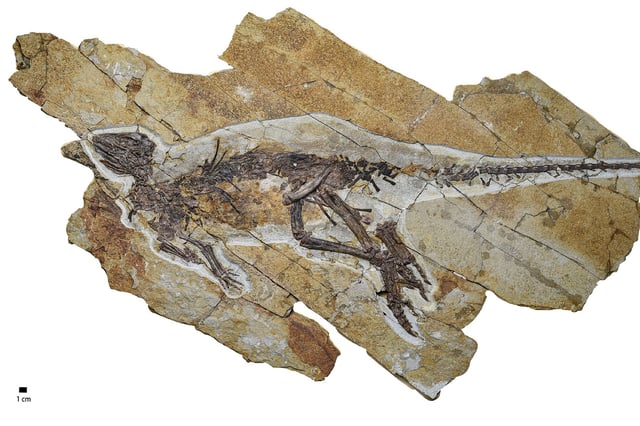Overview
- The Pulaosaurus qinglong specimen from northeastern China preserves an almost complete skeleton with intact laryngeal structures
- Researchers identified leaf-shaped cartilaginous components in the voice box that mirror modern birds’ anatomy and imply chirp-like communication
- This example marks only the second fossilized dinosaur larynx ever found, with the first in the ankylosaur Pinacosaurus
- Compression of the mandible has made it impossible to calculate exact sound frequencies for the dinosaur’s calls
- Teams plan to reanalyze existing collections and seek new fossils to refine acoustic reconstructions and assess vocal anatomy across dinosaur lineages
